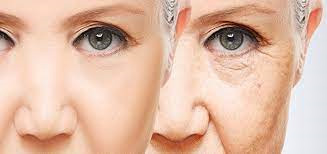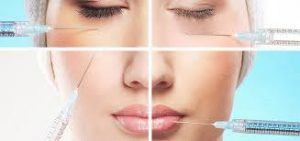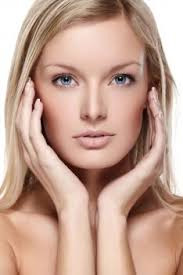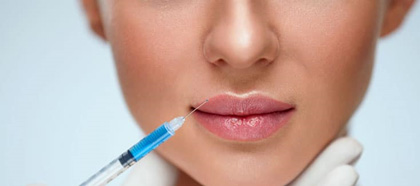Hyaluronic acid
Hyaluronic acid is a natural component of the body. It is one of the main components of the extracellular matrix. Naturally present in the tissues, the presence of hyaluronic acid is greater in the skin, where it fills the intercellular spaces and contributes to the hydration and cohesion of the tissues. It also controls angiogenesis. Hyaluronic acid also plays a role in inflammation, wound healing and cell growth.

Hyaluronic acid is permanently degraded by an enzyme: hyaluronidase. It allows the constant renewal of hyaluronic acid chains in the body. A 70 kg human contains approximately 15 g of hyaluronic acid of which 5 g would be renewed each day. The skin alone contains 50% of this amount of hyaluronic acid.
Similarly, exposure to the sun, pollution, and tobacco increase the production of free radicals leading to the degradation of hyaluronic acid.

The first biomedical product based on hyaluronic acid was developed in the 1970s. For almost 30 years, hyaluronic acid has been used in aesthetic medicine, as an injectable product for filling wrinkles.
Hyaluronic acid has several benefits, including:
- good biological tolerance,
- the possibility of varying the formulations (cross-linking of the product) depending on the desired result and the area to be treated. A fluid product (little cross-linked) is more moisturizing than a thick volume-forming gel (highly cross-linked);
- moisturizing properties (even at low doses). Hyaluronic acid acts like a molecular sponge: its exceptional hygroscopic properties make it capable of retaining up to a thousand times its weight in water, promoting skin hydration.

Hyaluronic acid can be categorized according to the purpose of the injections:
The correction of facial volumes makes it possible to restore volume to an area which would have lost projection through the normal processes of aging (loss of bone, muscle and fat mass), or the correction of physiologically insufficient volumes.
The objective being to inject hyaluronic acid at strategic points located around the perimeter of the face in order to better define the lines and contribute to obtaining a “lifting effect without surgery” or “liquid lift”
Wrinkles form naturally on the skin, and especially on the forehead, between the eyes, at the outer corner of the eyes, around the mouth, on the cheeks, on the neck, etc. In addition to Botox injections, it is possible to offer the injection of hyaluronic acid to smooth the skin surface by providing a discreet volume under the fold of the wrinkle to be treated.
Through the use of mesotherapy techniques, the use of hyaluronic acid makes it possible to provide hydration to the tissues in depth to enable them to improve its properties in terms of fine lines and the presence of dilated pores.

The treatment consists of the injection of hyaluronic acid under the surface of the skin using an ultrafine needle or a small cannula with a blunt tip.
hyaluronic acid is injected into key areas of the face to achieve a natural rejuvenating result by restoring facial volumes that gradually change and disappear over the years. The treatment should be discreetly visible without changes in the shape and features of the face.
The product is deposited either in superficial areas for fine lines or in slightly deeper areas for more marked wrinkles and folds. The injection strategy consists of using specific points such as the “MD CODES” which will make it possible to obtain the most natural result possible using as little product as possible.
The treatment is done in the spirit of “less is more”.
the injected hyaluronic acid contains a local anesthetic which reduces any discomfort or pain making the treatment comfortable.
The results of the treatment are immediately visible with an appearance that further improves over the following 2 to 4 weeks, as the hyaluronic acid gradually integrates into the tissues.
The duration of the effects depends on age, the amount and type of filler injected, the area treated, the quality of the skin as well as the state of health and lifestyle. However, the beneficial effects are expected to last from 9 to 48 months depending on the product used.
The possible side effects after the injection are mainly small redness, swelling or slight bruising that may appear around the injection site. Most of these effects, mild to moderate, disappear within a few days and are not serious.

The areas treated are:
- The contour of the face
- Cheekbones, temples and cheeks
- The nasolabial folds
- Lion and crow's feet wrinkles in addition to Botox
- Eye contour and dark circles
- The nose in the context of profliplasty or medical rhinoplasty
- The lips and the contour of the mouth as well as the folds of bitterness
- The chin
- Neck and décolleté
- Knees
- Arms
- The back of the hands
- The abdomen

